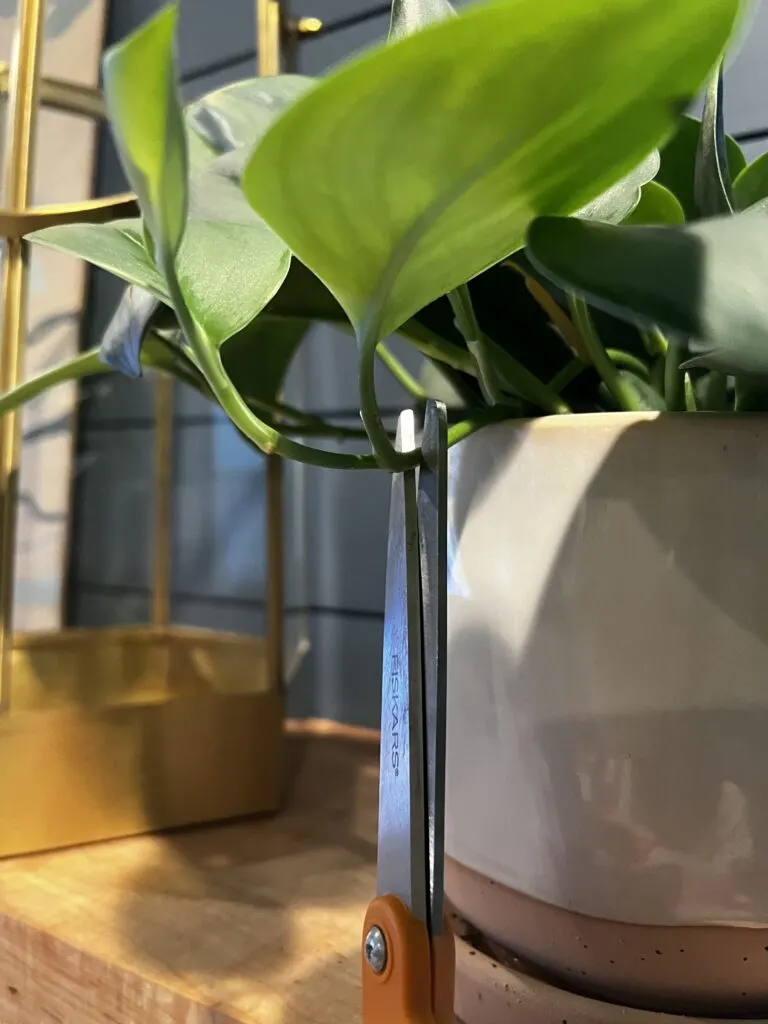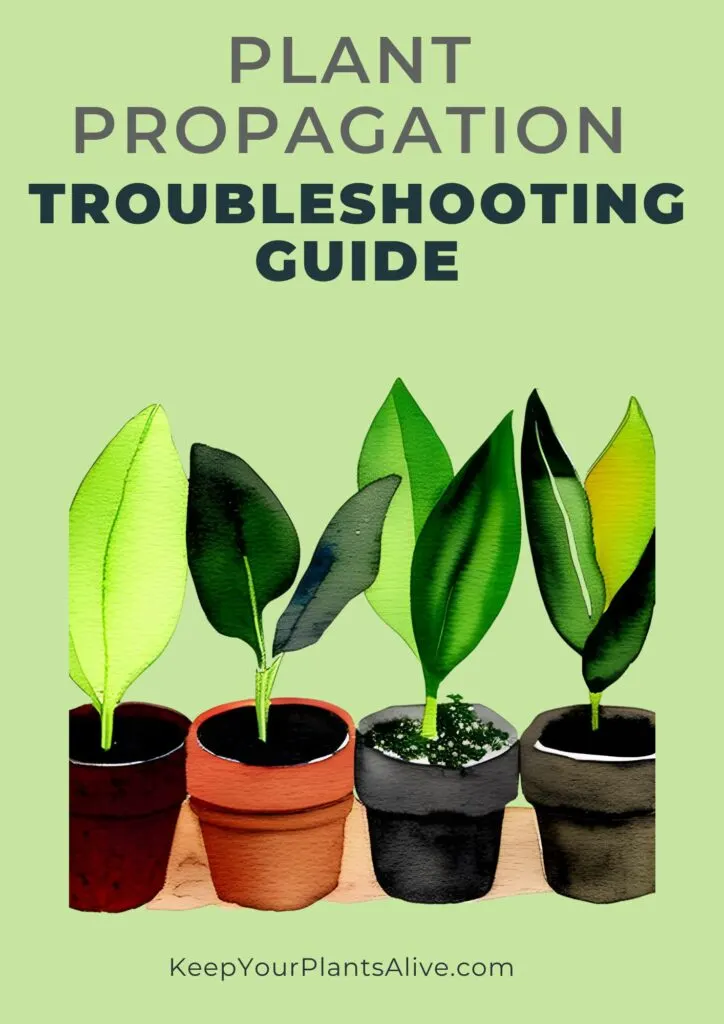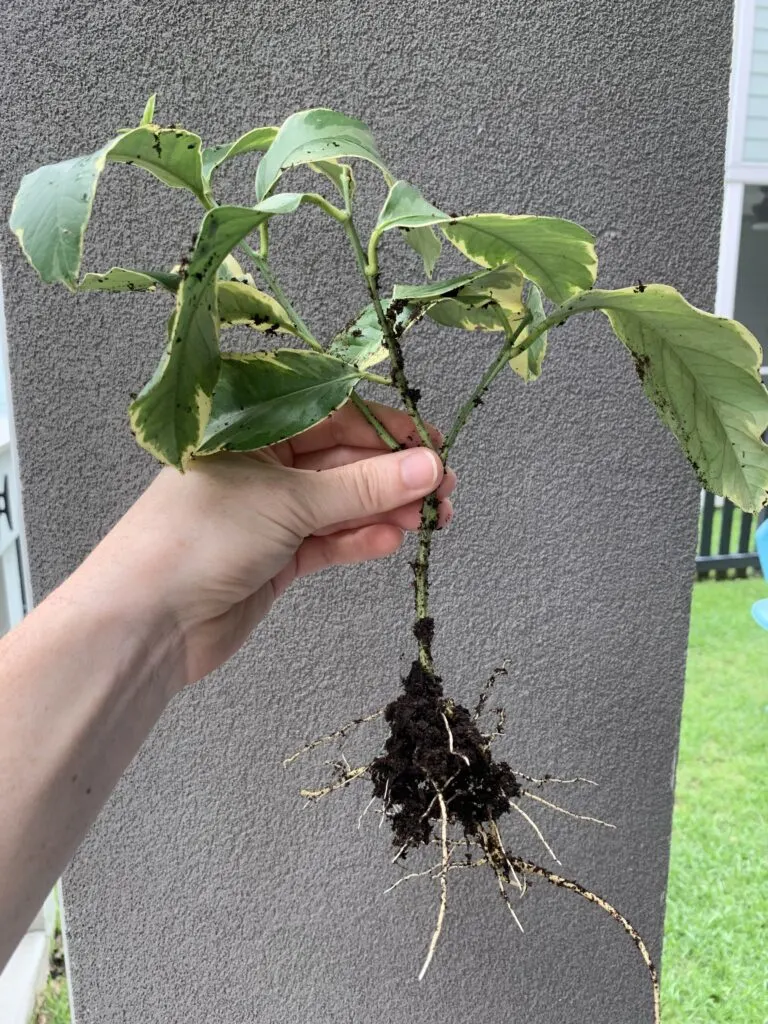Are your plant cuttings not rooting? Let’s dive into Plant Propagation Troubleshooting and the most common problems!
Congratulations on embarking on your plant propagation journey! As you delve into the exciting world of multiplying your plant collection through propagation, it’s important to be prepared for any challenges that may arise along the way.
This guide has been carefully crafted to assist you in troubleshooting common issues encountered during plant propagation.
Whether you’re a beginner or have some experience, this guide will equip you with the knowledge and strategies needed to overcome obstacles and achieve successful propagation results.
Propagation is a delicate process, and even experienced gardeners encounter difficulties from time to time.

The purpose of this guide is to provide you with valuable insights into common problems such as root rot, fungal diseases, unsuccessful cuttings, and environmental factors that can impact your propagation success.
In each section, we will explore the signs and symptoms of the particular issue, as well as preventive measures to minimize its occurrence.
You’ll discover practical tips and techniques to identify and address these challenges, ultimately improving your success rate and ensuring the health and vitality of your propagated plants.
Remember, troubleshooting is an integral part of the learning process. By understanding the potential pitfalls and having the right tools at your disposal, you’ll become a more skilled propagator and gain confidence in your abilities.
Whether you’re experiencing wilting leaves due to root rot, battling pesky fungal diseases, wondering why your cuttings aren’t rooting, or grappling with the impact of environmental factors, this guide will provide you with the troubleshooting techniques and solutions you need.
We encourage you to embrace the challenges, learn from them, and celebrate your successes. The journey of plant propagation is not only about expanding your plant collection but also about nurturing a deeper connection with nature and the joy of watching life flourish.
So, let’s dive into this Plant Propagation Troubleshooting Guide and empower ourselves with the knowledge and strategies to overcome obstacles on our path to becoming successful plant propagators.

Plant Propagation Troubleshooting Guide
The top problems with plant cuttings that are not rooting are:
- root rot
- fungal diseases
- unsuccessful cuttings
Root Rot
Signs of Root Rot:
- Wilting or drooping leaves.
- Yellowing or browning of leaves.
- Foul smell from the soil or roots.
- Preventive Measures:
How to prevent root rot:
The best way to prevent root rot is by taking the following measures:
- Use a well-draining propagation medium, such as a mix of perlite and peat moss or a specialized propagation mix.
- Avoid heavy soils or those that retain excessive moisture, as they can contribute to root rot.
- Ensure proper ventilation around your cuttings.
- Avoid overcrowding plants or placing them in areas with poor air circulation.
- Consider using a small fan to promote air movement if necessary.
- Avoid overwatering: Allow the propagation medium to dry slightly between waterings.
- Water your cuttings thoroughly but avoid water logging or sitting water in the container.
- Empty excess water from trays or saucers to prevent water buildup.

Fungal Diseases
Fungal disease can also cause root rot or lack of rooting in plant cuttings.
Identifying Fungal Diseases:
- Damping-off: Young seedlings or cuttings may show symptoms of wilting, damping, or collapse at the soil level.
- Powdery Mildew: Look for a powdery white or grayish coating on leaves, stems, or flowers.
Preventive Measures:
- Proper ventilation: Maintain good airflow around your plants.
- Avoid overcrowding and ensure adequate spacing between plants.
- Place the plants in an area with sufficient air circulation.
- Sterile tools and good hygiene: Use clean and sterilized tools for pruning, cutting, or transplanting.
- Clean containers, trays, and equipment between uses to prevent the spread of fungal spores.
Fungicidal treatments:
- If fungal diseases persist, consider using appropriate fungicidal treatments as recommended for specific plants.
- Follow the instructions carefully and use fungicides as a last resort after trying other preventive measures.

Unsuccessful Cuttings
Cuttings that are taken incorrectly may never root.
Factors Affecting Success:
- Incorrect cutting length or selection.
- Improper humidity levels.
- Insufficient light.
- Lack of node on cutting
Troubleshooting Techniques:
- Correct cutting length: Ensure the cuttings have enough nodes and leaves for successful rooting.
- Follow specific plant guidelines for cutting length and selection.
- Humidity levels: Maintain proper humidity by misting the leaves or using a humidity dome or plastic bag to create a mini-greenhouse effect.
- Avoid excessive humidity that can lead to fungal diseases.
- Sufficient light: Provide adequate light for the cuttings.
- Place them in a well-lit area with indirect sunlight or use artificial grow lights if natural light is insufficient.
- Adjust the light intensity and duration according to the plant’s requirements.

Environmental Factors:
Environmental factors include Temperature, Humidity, and Light.
Temperature
Different plants have specific temperature preferences for optimal root development. In general, plant cuttings like to be slightly warm.
Humidity
Some plants thrive in higher humidity, while others prefer drier conditions.
Light
Plants have varying light requirements, ranging from low light to bright indirect light or even direct sunlight.
Adjusting Environmental Factors
Temperature:
- Research and provide the appropriate temperature range for your specific plant species.
- Ensure the temperature remains within the preferred range.
Humidity:
- Adjust humidity levels based on the plant’s requirements.
- Use a humidity tray or a humidifier to increase humidity if needed, or provide proper ventilation to reduce humidity.
Light:
- Understand the light requirements of your plants.
- Adjust the light exposure or intensity by moving the plants closer or farther from light sources, or using shades or curtains to filter light if necessary.
Remember, each plant species may have unique needs. Check out our plant care guides for more plant-specific tips!
Thanks for reading!


Hey there, I’m Morgan, a houseplant enthusiast from sunny Charleston, South Carolina. Growing up surrounded by my mom’s lush orchids and African violets, I discovered the magic of bringing nature indoors. Thanks to the pandemic, I delved deeper into houseplants, discovering their power to uplift moods and transform spaces. I’m here to spill all my secrets, helping you pick the perfect houseplant – and make it happy. Let’s keep your plants alive, together! 😊
